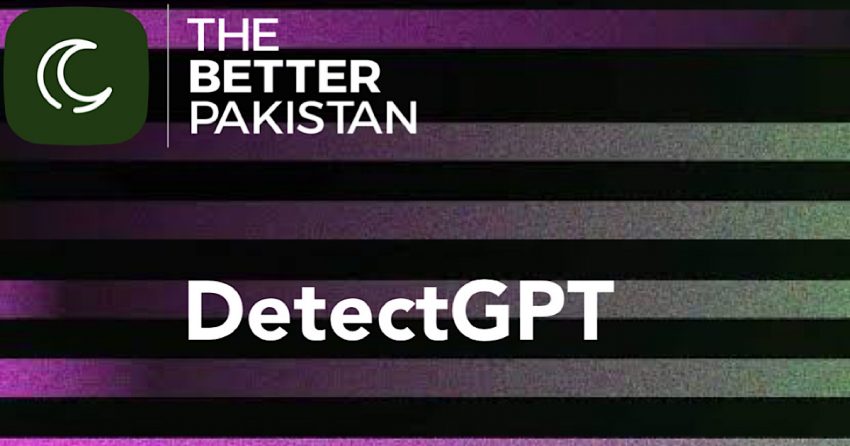The AI chatbot, ChatGPT, created by OpenAI has gained widespread popularity, with individuals utilizing it for various purposes, ranging from answering curious inquiries to delegating tasks to the chatbot.
In response to growing concerns about students submitting papers generated by ChatGPT, a team of Stanford researchers has introduced DetectGPT, a tool aimed at assisting teachers in identifying content generated by ChatGPT or other Large Language Models (LLMs).
OpenAI has confirmed that it is developing its own tool to detect content generated by ChatGPT following New York City public schools’ ban on students using the chatbot for academic purposes.
DetectGPT is a tool created to identify content produced by ChatGPT and similar Large Language Models (LLMs). The Stanford researchers who developed it assert that text generated by LLMs have unique features in the log probability function of the model, which form “negative curvature regions”.
By utilizing these features, DetectGPT utilizes log probabilities to determine if a passage was generated by a specific LLM. The tool has a claimed accuracy of 95%.
The need for tools like DetectGPT to detect AI-generated content arose due to the concerns raised by educational institutions worldwide over students using such tools to complete assignments and papers.
To address this issue, RV University in Bengaluru issued a warning to students against using ChatGPT and announced random checks to detect any AI-generated content.Students found using such tools may face consequences.
Several other schools and colleges have taken similar measures to prevent students from using AI-generated content.
As of now, little information has been made public about DetectGPT and the tool is not yet readily accessible to the public.

